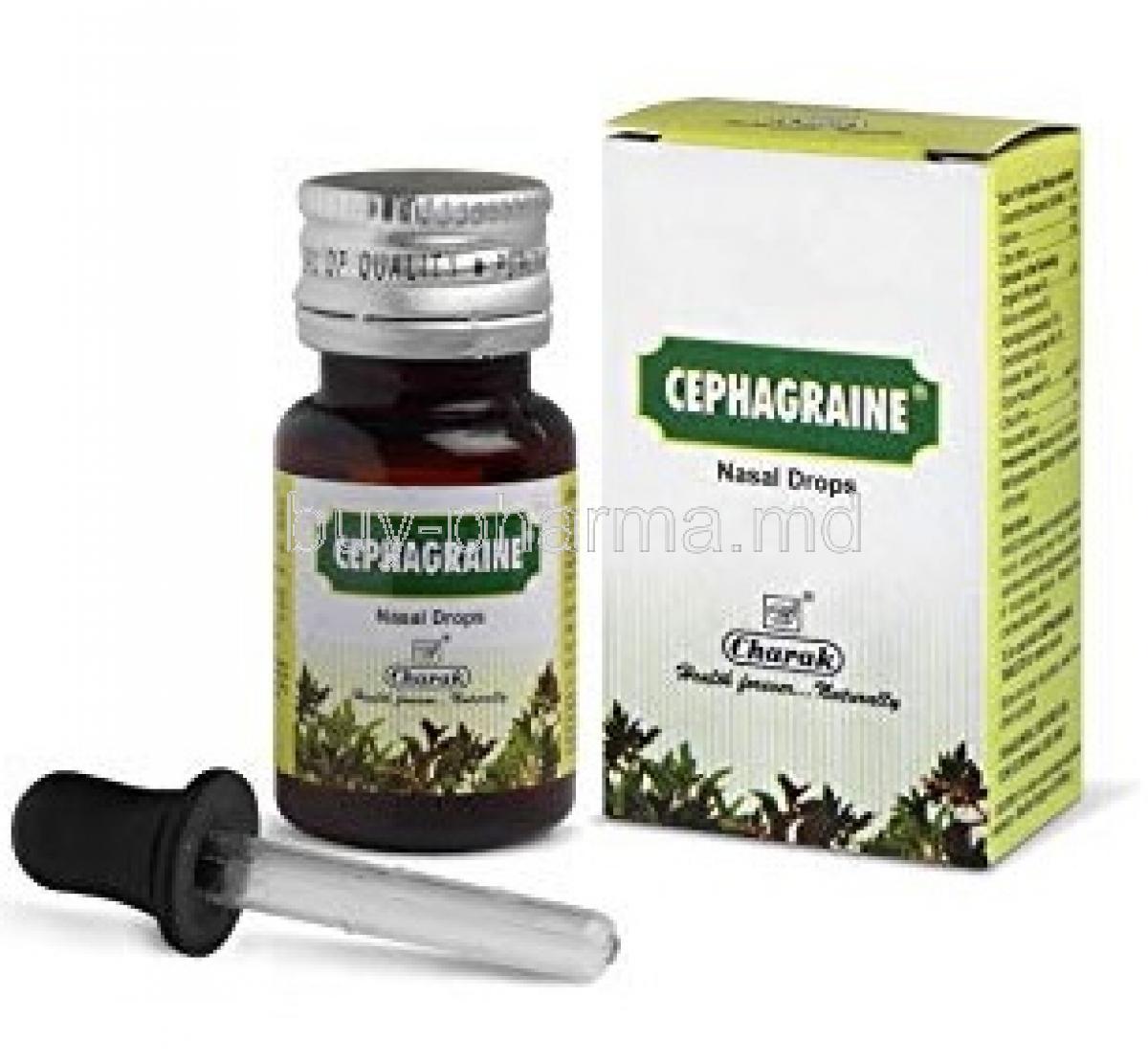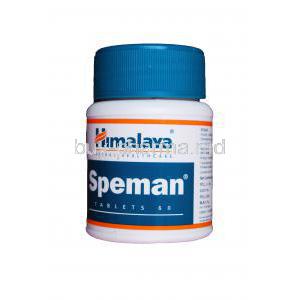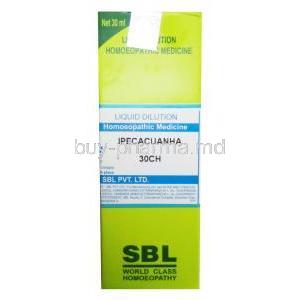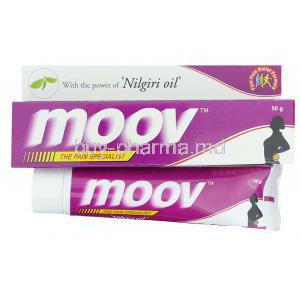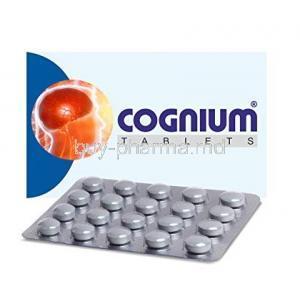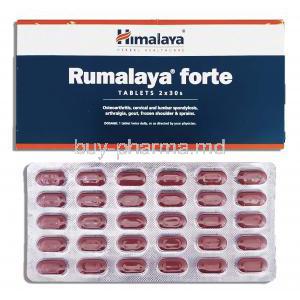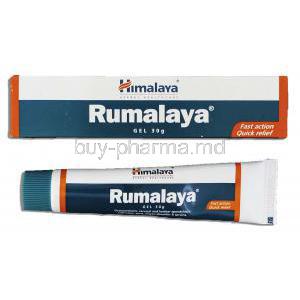Cephagraine Nasal Drop
- Introduction to Cephagraine Nasal Drop
- Composition and Active Herbal Ingredients
- Mechanism of Action: How Cephagraine Nasal Drop Works
- Cephalgraine drops uses
- Off-Label and Complementary Uses of Cephagraine Nasal Drop
- Dosage and Administration Guidelines
- Administration in Special Populations
- Common and Rare Side Effects of Cephagraine Nasal Drop
- Drug, Herb, and Food Interactions
- Contraindications for Cephagraine Nasal Drop
- Important Warnings and Safety Precautions
- Guidelines for Careful Administration
- Overdose and Emergency Management
- Storage and Handling Instructions
- Handling Precautions and Hygiene Practices
Introduction to Cephagraine Nasal Drop
Overview of Cephagraine Nasal Drop and Its Ayurvedic Origin
Cephagraine Nasal Drop is an Ayurvedic formulation designed to provide fast-acting relief from nasal congestion, sinusitis, and associated headaches. Derived from classical herbal traditions, it utilizes plant-based extracts known in ancient medicine for their mucolytic, anti-inflammatory, and neuroprotective properties.
Therapeutic Classifications and Traditional Medical Usage
This remedy falls under the category of Nasya treatment, a nasal therapy in Ayurveda used for detoxifying and rejuvenating organs above the neck. Traditionally, such treatments were prescribed to clear the sinuses, improve mental clarity, and restore balance in vitiated doshas.
Unique Nasal Delivery Mechanism for Targeted Action
Cephagraine provides relief by acting on the nasal mucosa, resulting in a fast onset of effects through the intranasal route, which effectively targets congestion while reducing general side effects and improving local medication availability.

Composition and Active Herbal Ingredients
Detailed List of Herbal Components
Cephagraine contains a unique blend of potent herbs including:
- Sattva of Brahmi (Bacopa monnieri)
- Apamarga (Achyranthes aspera)
- Tagara (Valeriana wallichii)
- Kapur (Cinnamomum camphora)
- Juice of Nirgundi (Vitex negundo)


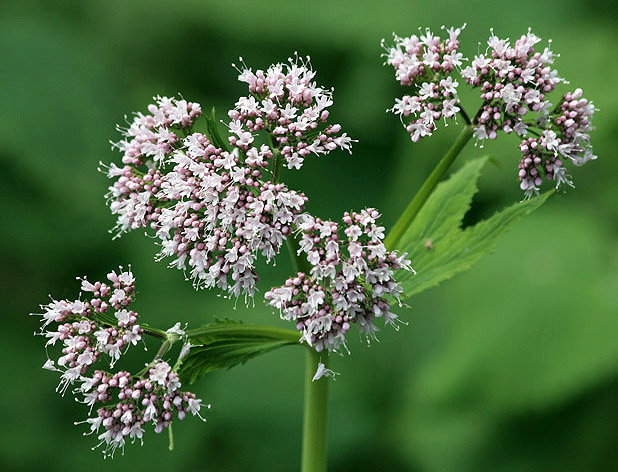
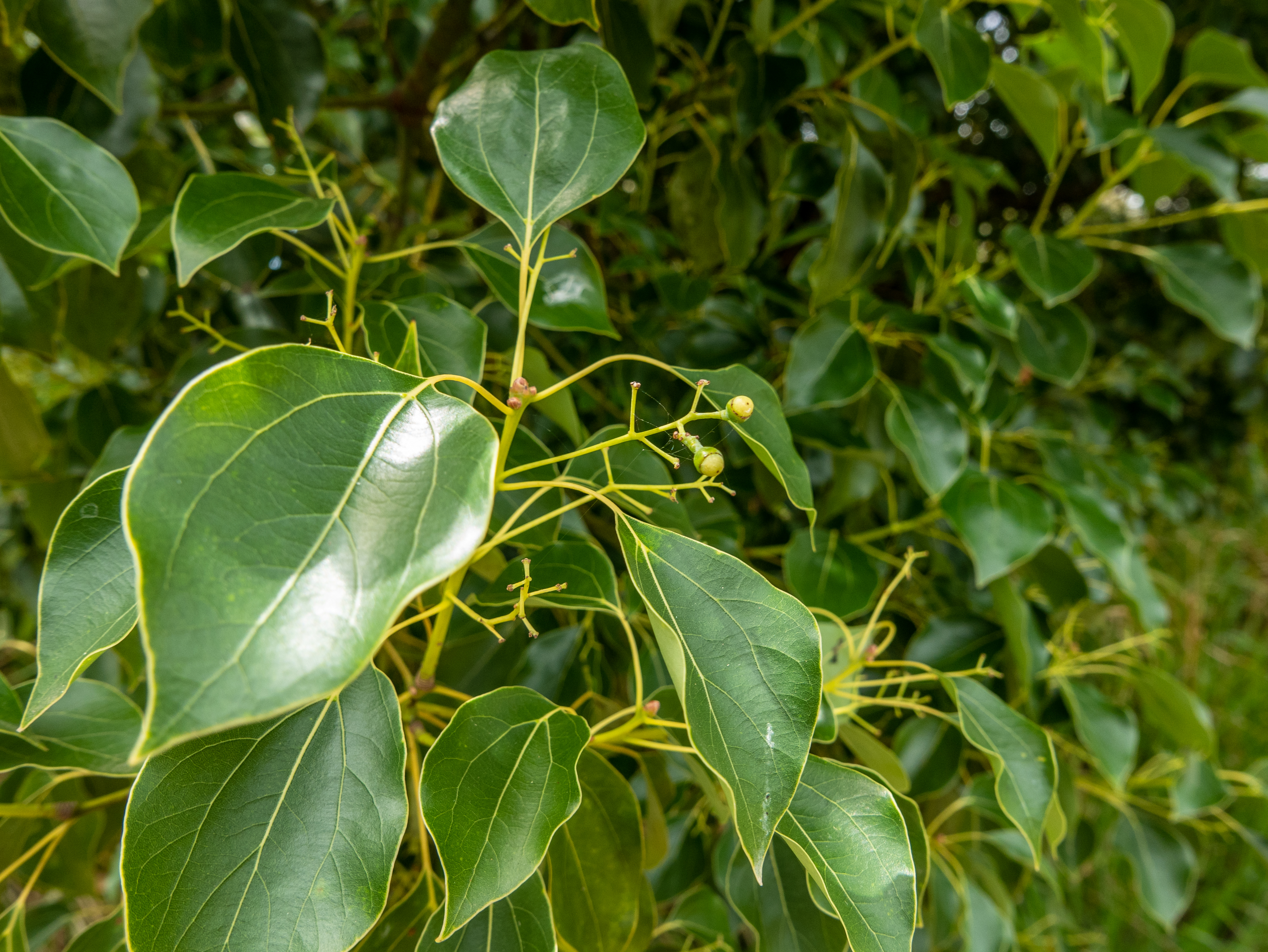
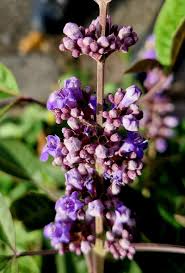
Pharmacological Properties of Key Ingredients
Each ingredient contributes specific actions:
- Brahmi: Neuromodulatory, calming, and cognitive-enhancing
- Apamarga: Mucolytic and anti-inflammatory
- Tagara: Mild sedative and spasmolytic
- Kapur: Decongestant and local analgesic
- Nirgundi: Antioxidant and analgesic for sinus relief
Synergistic Effects of Multi-Herb Formulation
When these herbs are combined, they work in harmony to decrease inflammation and help clear the nasal passages while also providing relief for symptoms, like headaches and feelings of heaviness.
Natural Excipients and Their Roles in Stability and Efficacy
The natural ingredients and aromatic oils in the formula help the body absorb nutrients more effectively through the membranes, and they also play a role in maintaining the product's freshness for a period of time, while providing a pleasant scent experience during use.
Mechanism of Action: How Cephagraine Nasal Drop Works
Nasal Mucosa Absorption and Local Effects
The active ingredients in Cephagraine are quickly taken in by the nasal lining for immediate decongestant effects at a local level.
Anti-inflammatory and Decongestant Action
The herbal extracts inhibit pro-inflammatory cytokines and reduce mucosal swelling. This restores airflow and eases breathing.
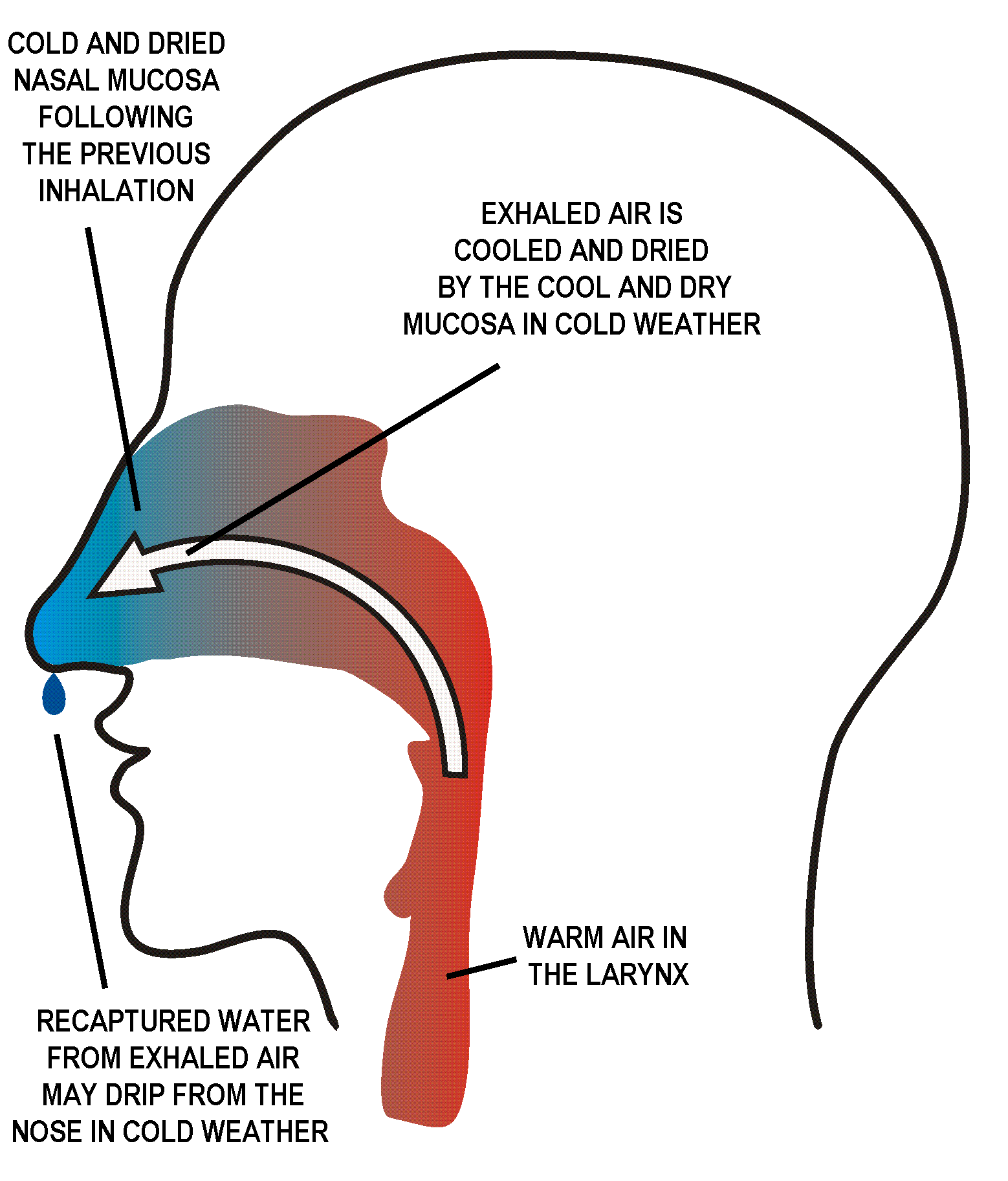
Mucolytic and Sinus-Drainage Enhancing Properties
By clearing mucus buildup in the sinuses, Cephagraine helps drain the sinuses and prevents blockages that could lead to infections.
Neurological Pathways Affected in Sinus Relief and Headache Management
Cephalgraine drops uses
- Chronic and acute sinusitis
- Nasal congestion due to allergies or infections
- Post-nasal drip and nasal polyps (adjunctive)
- Migraine and sinus headache relief
- Imbalance in Kapha and Vata as per Ayurvedic diagnosis

Off-Label and Complementary Uses of Cephagraine Nasal Drop
- Prophylactic use in migraines triggered by nasal congestion
- Supportive use in non-infectious anosmia (loss of smell)
- Adjunctive therapy in upper respiratory infections
- Symptomatic relief in allergic asthma with nasal symptoms

Dosage and Administration Guidelines
Cephagraine nasal drops dosage
Put 1 to 2 drops into each nostril two to three times a day.
Frequency and Duration of Therapy
Therapy usually lasts between 5 and 10 days for issues, while chronic conditions might need treatment overseen by medical professionals.
Proper Nasal Application Technique
- Clear nasal passages before use
- Tilt the head backward and instill drops
- Remain in the same position for 1-2 minutes
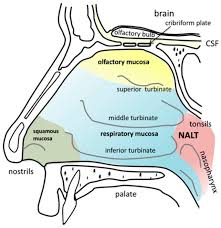
Adjustments for Mild, Moderate, and Severe Symptoms
For mild symptoms, you might only need to take it once a day, but for more severe cases, using it three times a day could be helpful.
Administration in Special Populations
7.1 Use in Elderly Patients
Approach with care when introducing oils to individuals, as they may be more sensitive to them than younger users. Keep a close eye out for any signs of irritation or adverse reactions.
7.2 Use During Pregnancy and Breastfeeding
Although only a small amount is absorbed systemically by the body, and there is limited clinical safety data available, it's essential to consult with a doctor before use. It's best to avoid during the trimester unless absolutely necessary.

7.3 Use in Pediatric Patients
Not suitable for children under 12 unless prescribed by a doctor; use caution with children. Watch for any signs of irritation or hypersensitivity.
Common and Rare Side Effects of Cephagraine Nasal Drop
8.1 Common Side Effects
- Burning or tingling in the nasal cavity
- Watery discharge or sneezing post-application
- Temporary dizziness or lightheadedness

8.2 Less Common and Serious Adverse Reactions
- Allergic rhinitis flare-up
- Paradoxical increase in congestion with prolonged use
- Rare hypersensitivity to complex herbal mixture
Drug, Herb, and Food Interactions
- May potentiate effects of conventional nasal decongestants
- Safe to use with other Ayurvedic nasal oils unless advised otherwise
- Diet rich in warm fluids and low dairy enhances mucosal healing
Contraindications for Cephagraine Nasal Drop
Known Hypersensitivity to Any Herbal Ingredient
People who have had reactions to any of the ingredients in Cephagraine Nasal Drop should avoid using this product as it contains strong botanical elements like camphor and Brahmi that could lead to various allergic responses, from mild irritation to more serious systemic reactions.
Active Nasal Bleeding or Nasal Trauma
The use of nasal drops in the presence of epistaxis (nosebleeds) or recent nasal trauma may exacerbate mucosal damage. In such cases, the application may worsen bleeding, delay healing, or introduce secondary infection.
Severe Nasal Infections Requiring Antibiotic Intervention
Using Cephalexin is not a substitute for antibiotics in cases of bacterial sinusitis or purulent nasal infections, as delaying proper antibiotic treatment can lead to complications, such as cellulitis or orbital involvement.
Important Warnings and Safety Precautions
Not Intended for Long-Term Continuous Use
Cephagraine Nasal Drop is recommended for short-term use only. Continuous use over several weeks may result in mucosal desensitization or paradoxical rebound congestion.
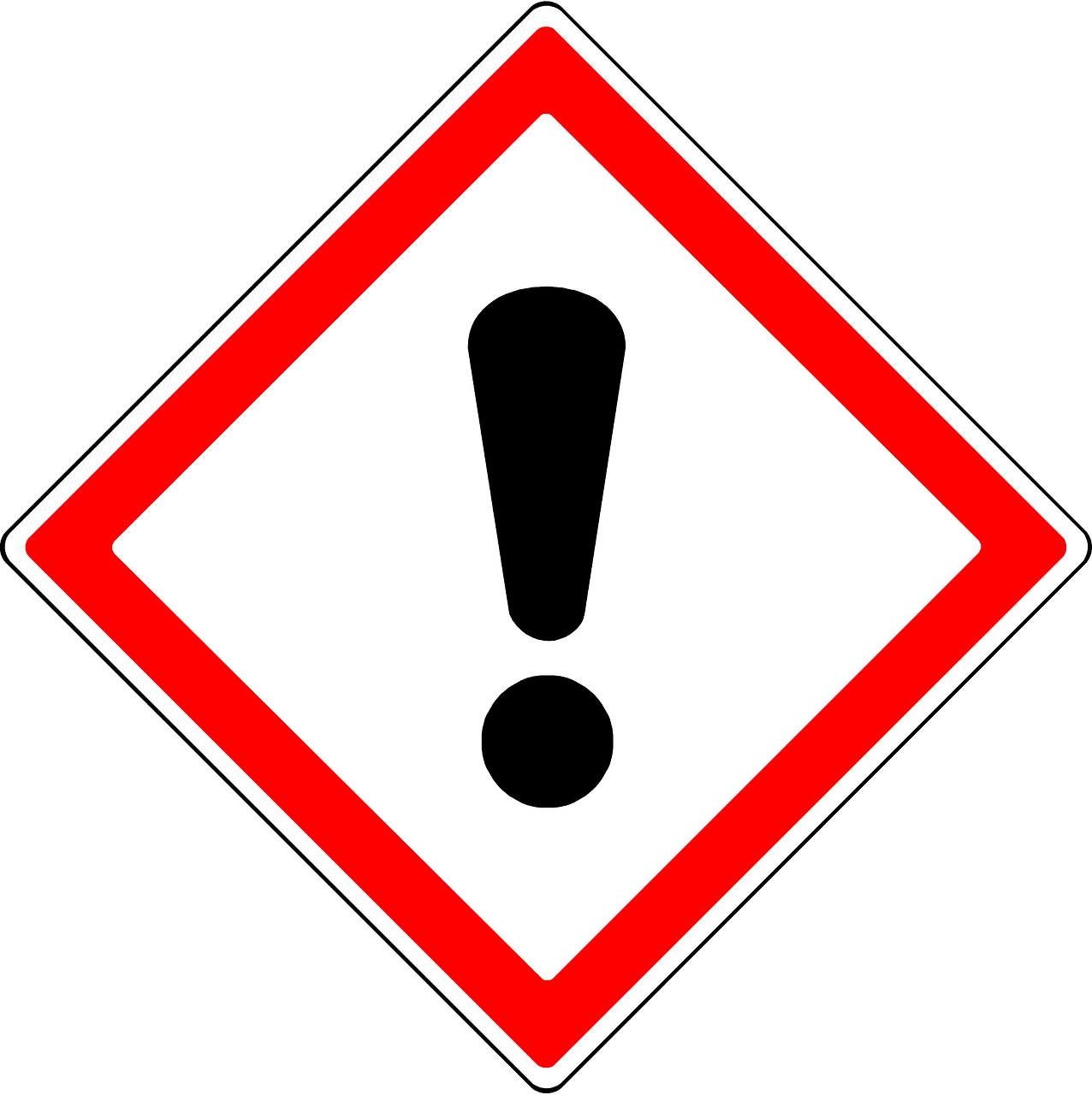
Avoid Use in Individuals with Known Nasal Septum Damage
Patients with structural defects of the nasal septum should avoid this product, as the essential oils and herbal extracts may irritate exposed cartilage or exacerbate symptoms.

Precautions During Concurrent Systemic Antihistamine Use
Without contact, using systemic antihistamines simultaneously may mask ongoing nasal inflammation, potentially leading to incorrect dose adjustments or prolonged use.
Importance of Medical Supervision for Persistent Symptoms
If symptoms such as nasal blockage, pain, or discharge persist beyond 10 days, it is essential to consult a healthcare provider. Prolonged inflammation could indicate an underlying pathology requiring alternative interventions.
Guidelines for Careful Administration
Monitoring in Patients with Chronic Rhinosinusitis
Patients with chronic rhinosinusitis should use Cephradine under medical supervision. Regular assessment ensures that inflammation is resolving and avoids overuse of topical agents.
Avoidance in Recent Nasal Surgeries or Open Wounds
It is not recommended to use Cephagraine on cavities or open wounds, as it might hinder the healing process or result in a sharp stinging sensation because of its powerful natural components.
Caution in Patients with Autoimmune Nasal Pathologies
Patients diagnosed with autoimmune conditions affecting nasal tissue, such as Wegener's granulomatosis or lupus-related rhinitis, should use the product cautiously. Some herbal components may stimulate an immune response or cause irritation.
Overdose and Emergency Management
Signs and Symptoms of Overdose
Although topical use minimizes systemic absorption, excessive application may lead to:
- Severe nasal burning
- Excessive sneezing
- Watery nasal discharge or nosebleeds
Steps to Take in Case of Accidental Ingestion
If Cephagraine is accidentally ingested:
- Do not induce vomiting
- Rinse the mouth thoroughly
- Seek immediate medical attention
Emergency Support and Detoxification Methods
Basic care involves monitoring the patient and providing fluids and treatment for symptoms as needed. Activated charcoal may be administered with caution if a large amount has been ingested.
Storage and Handling Instructions
Optimal Storage Temperature and Humidity Conditions
Remember to keep Cephagraine Nasal Drops in a dry spot, out of sunlight, ideally between 15°C to 25°C (59°F, to 77°F). To maintain the quality of the formulation avoid storing it in humidity conditions.
Shelf Life and Expiry Date Tracking
Always check the expiration date on the packaging before use. Once opened, the product should be used within the manufacturer-recommended period, typically 1-2 months.
Safe Disposal of Used or Expired Nasal Drops
Please adhere to the guidelines for disposing of expired or contaminated bottles from pharmaceuticals and refrain from pouring their contents into drains or flushing them down toilets.
Handling Precautions and Hygiene Practices
Proper Hygiene During Administration
Remember to wash your hands before using the product each time. Make sure to clear your nasal passage by blowing your nose. Properly positioning your head during application can improve effectiveness and hygiene.
Avoiding Contamination of Dropper Tip
Make sure not to let the dropper tip touch any surface like your nostrils to avoid contamination by microbes, and always remember to replace the cap after each use.
Single-User Use to Prevent Cross-Infection
Cephagraine Nasal Drop should be used by only one person per bottle. Sharing nasal drops can lead to the transmission of infections such as bacterial sinusitis or viral rhinitis.
Cephagraine Nasal Drop FAQ
What is the use of Cephagraine nasal drops?
Cephagraine offers a solution for clearing congestion and improving breathing comfort, while also providing pain relief through its analgesic and anti-inflammatory effects to alleviate headaches and discomfort associated with migraines. Additionally, it helps ease nausea and anxiety linked to migraines and reduces the frequency and duration of migraine episodes.
What is the benefit of cephagraine?
Ease the symptoms linked with migraines, such as headaches, nausea, vomiting, ringing in the ears, and so on.
How many drops of Nasal Drops per day?
For individuals aged 12 and above, administer 2 to 3 drops in each nostril, up to three times a day.
Is Cephagraine safe?
Yes
Is Cephagraine Ayurvedic?
Yes
What are the benefits of Cephagraine nasal drops?
The Cephagraine Nasal Drops help clear up congestion by acting on the nasal lining, which in turn decreases discharge, making it effective for sinusitis and migraine treatment.
What happens if we use nasal drops daily?
Rebound congestion can result in redness and swelling in the nasal passages, as well as increased nasal discharge, which are symptoms to watch out for.

